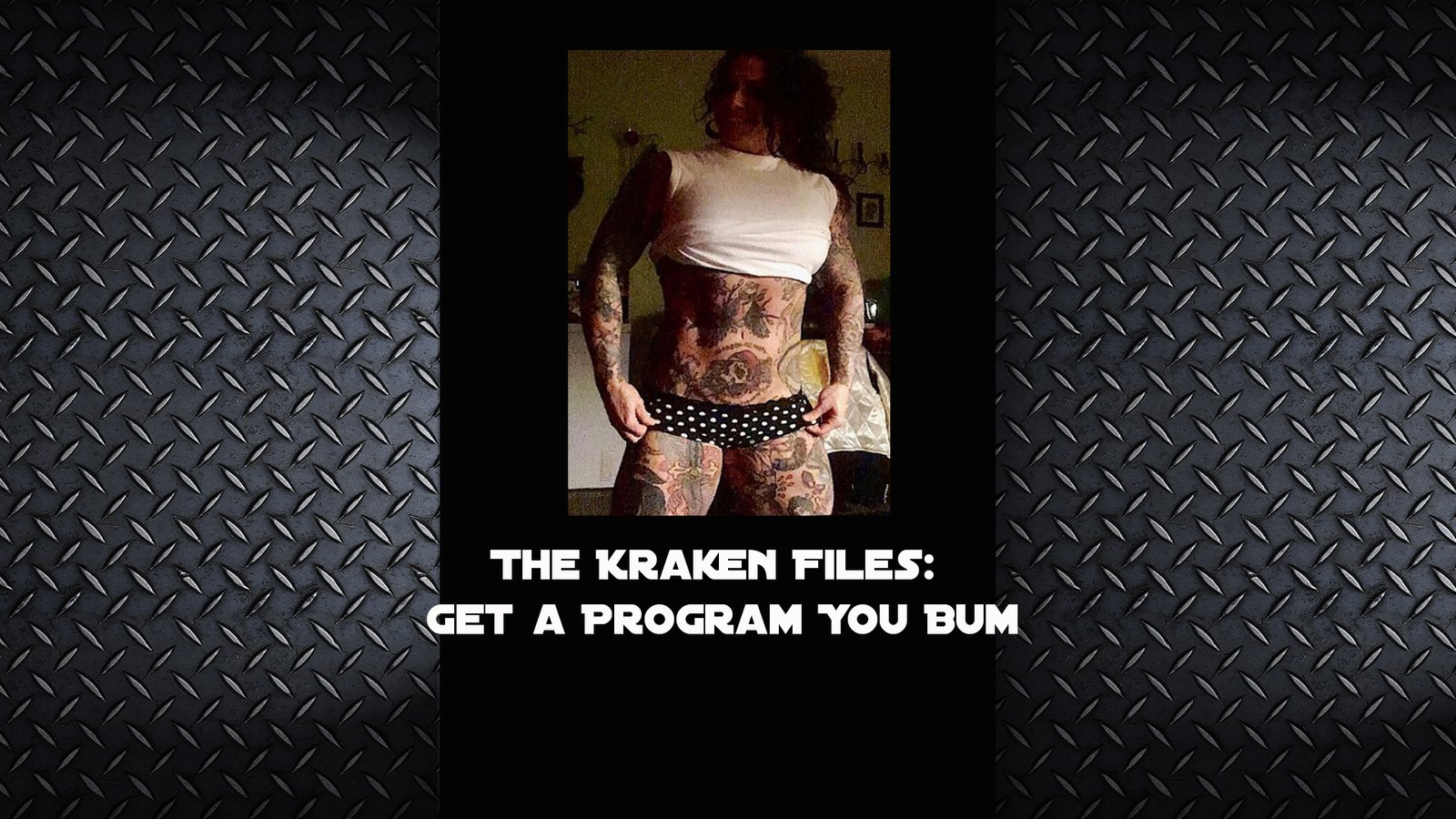When I had the pleasure of speaking at TPS a couple of weekends ago, during the Q&A portion, I was asked about signs/symptoms of estrogen dominance. Unfortunately, this is not my area of expertise, and I could not give a good answer. So instead I thought I would turn to my good friend Dr. Brooke Kalanick Larson for the answer. Brooke a naturopathic doctor and is the owner and creator of Better by Dr. Brooke, and she was nice enough to answer this question for me.
However, as most things concerning the body, this answer is not so simple. In part 1 shown below, Brooke will discuss what estrogen dominance is, whether or not it’s always bad, and how exactly it can happen to you.
What is Estrogen Dominance – And Is It Always Bad?
While it’s true that too much estrogen causes trouble for fat loss – as well as estrogen related cancers (i.e. breast, uterine, etc) it’s an essential hormone for fat loss as well. Confusing huh?
What’s even more important is that every woman has her own unique hormonal balance that is ideal for her, so sweeping recommendations to lower or minimize estrogen is a mistake. And although estrogen does add to more fat in hips and thighs, we can’t look at woman with fuller hips and assume she’s got high estrogen. It’s just not that simple, ladies – but when are we ever that simple?
The female hormone cycle is truly a symphony of several key hormones – and doesn’t take much being out of tune for the whole thing to sound dreadful. Each event in the hormone cycle triggers the next event, so as one hormone domino falls, another is soon to follow. Meaning, if you’ve got an estrogen issue, you’ve also got a progesterone issue. So it’s best not to get fixated on any one hormone as we sift through the complicated female hormone landscape. That said, what is too much estrogen?
Let’s look at what’s normal first. While many, many women have hormonal disruptions due to stress, PCOS, taking the pill, menopause, etc., normally estrogen dominates the first half of the menstrual cycle and progesterone dominates the second half. Problems arise when estrogen is too high too often.
Estrogen dominance happens any time that estrogen dominates the hormonal landscape rather than being in balance with other hormones for that woman, for that particular time in her life.
Here are a couple ways estrogen dominance can happen:
Any low progesterone state
Whether progesterone is low due to stress, taking estrogen (the Pill, hormone replacement, etc.), or when a woman has ovulation issues (such as with PCOS – Polycystic Ovarian Syndrome) there will be an overt or relative estrogen dominance.
Menopause
While this time in a woman’s life is characterized by overall sex hormone decline, there are spikes and fluctuations in estrogen as the ovaries start to fail and the brain tries very hard to stimulate them to make estrogen. Also, while both estrogen and progesterone are falling, progesterone will fall more creating a “relative estrogen excess” (essentially the spread between estrogen and progesterone widens).
Problems with estrogen detoxification or elimination
When we say “estrogen” we are usually talking about estradiol, aka E2. But there is also E1 and E3. E3 is considered, “good” or protective E2 while E1 and E2 are active and more problematic (particularly E1). Next, these estrogens need to be metabolized by the liver into safe metabolites – if not we get troublesome estrogens floating. Lastly, all this metabolized estrogen has to be eliminated through the digestive tract – if not, they will get taken back up into the body and continuing having estrogen activity. Trouble in any of these three areas can create estrogen dominance.
Environmental estrogens
While we have really no environmental progesterone mimickers, there is quite a lot of estrogen coming our way these days. There is estrogen in most commercially raised meat and all dairy. Many foods and herbs such as soy have phytoestrogen properties which can have a weak estrogenic effect for some women. And plastics as well as many preservatives (i.e. parabens) and pesticides have estrogen activity.
So how does all this make us fatter? Estrogen, while it has a role in fat loss and maintaining our feminine frame, too much to or if its overrunning progesterone causes fat loss problems. Here’s how:
*Excess estrogen causes lower free thyroid hormone -remember, its thyroid hormone, namely free T3, that has the activity.
*When estrogen dominates progesterone we lose some balancing effects progesterone has against our stress hormone cortisol (this mess leads to more belly fat).
*The more body fat we have, the more estrogen we make in our fat cells (not our ovaries) via a process called aromatization. An enzyme in our fat cells can turn testosterone (considered a lean hormone) into estrogen. This process is ramped up when we have blood sugar highs and lows (via the hormone insulin).
Note from Molly: Stay tuned for Part 2 (out next month), where Brooke will discuss symptoms to help you determine if you have estrogen dominance, and what to do about it. In the meantime, check out her website found here!







Leave A Comment